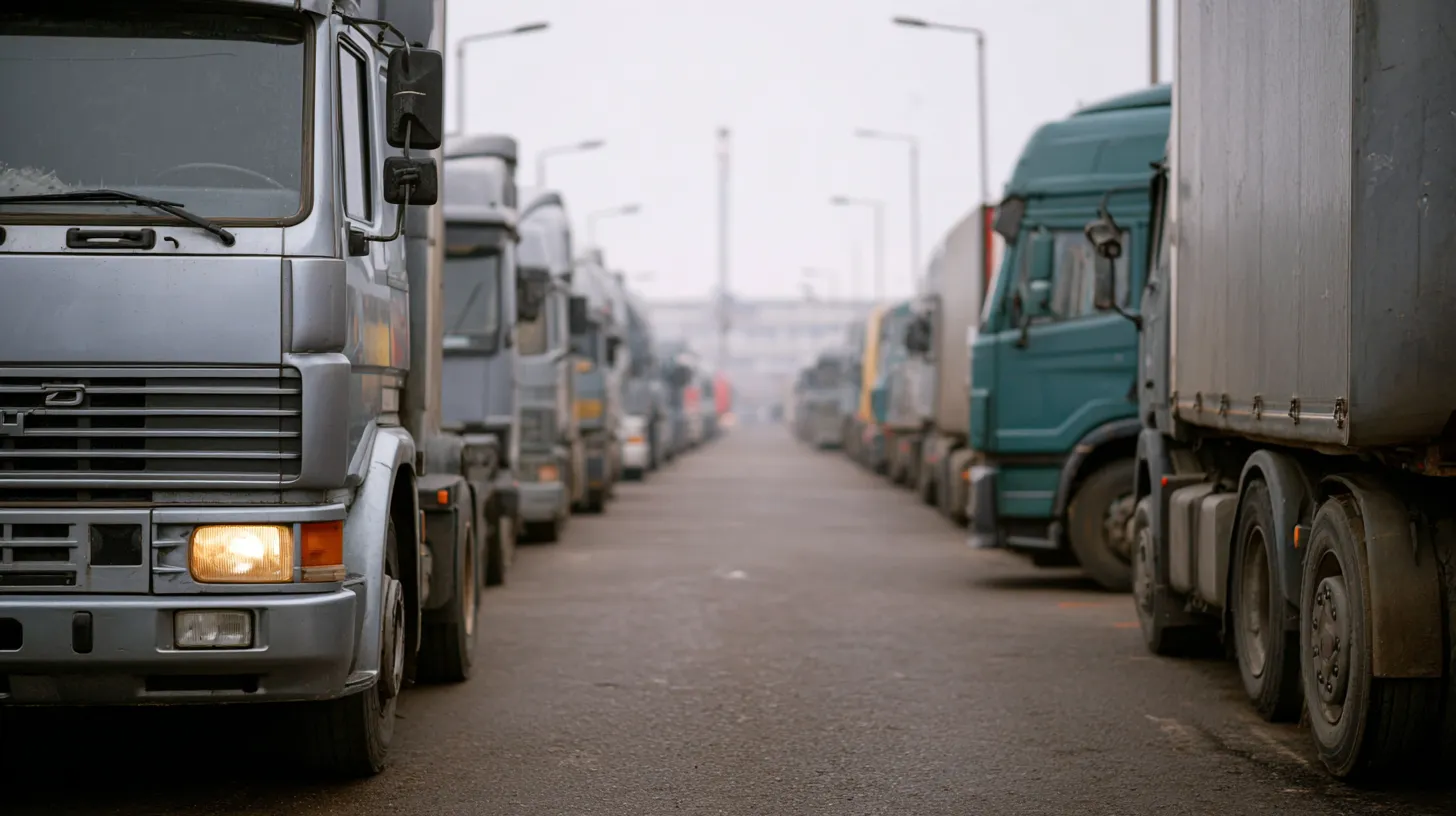China has reduced the passage of trucks: Kazakhstan is faced with a transport collapse at the border
A crisis is brewing on the Kazakh-Chinese border again: about 1,500 trucks have accumulated in the area of the Nur Zholy checkpoint, which has jeopardized the stability of car logistics between the countries. The official confirmation of the traffic jam was given by the State Revenue Committee of Kazakhstan, which acknowledged that the situation was the result of a sharp decrease in the capacity of the Chinese side.
From November 8 to November 12, China received only 700-750 vehicles per day — less than the agreed minimum of 800 units and well below the target 1,000 trucks that the parties planned to reach by the end of the year. Kazakhstan, based on previous agreements, increased the limits of the electronic queue in advance, which caused a critical accumulation of transport when expectations did not coincide with the actual pass.
The problem was exacerbated by the situation in the adjacent Kalzhat—Dulaty area, where an inspection and inspection complex was operating for almost a week. During this period, part of the traffic flow was forcibly redirected to Nur Zholy, which created an additional burden on the infrastructure and increased waiting times.
Kazakhstan has already begun to adjust its strategy: starting from November 13, the limit for submitting cars to the electronic queue has been reduced to 650 units. The SRC is confident that this will help to equalize the flow and prevent further accumulation of equipment. In parallel, negotiations are continuing with the Chinese side to restore the agreed admission volumes.
The October problems with rail transit only add to the tension. Downtime at Alashankou and Khorgos stations is 12-15 days, in Manchuria it is about 8 days, and in Erliang it is up to 14 days. As a result, the average rail delivery time from China to Moscow has increased to 30-35 days. The combination of restrictions on road and rail crossings creates risks of delivery delays and rising logistics costs for businesses.
From the perspective of prospects, experts expect that the restoration of the usual pace of transit is possible only after the completion of technical work and the approval of a new schedule for the reception of vehicles by the Chinese side. However, if the current situation persists, logistics companies will face additional costs, and the market will have to adapt routes and planning strategies.









